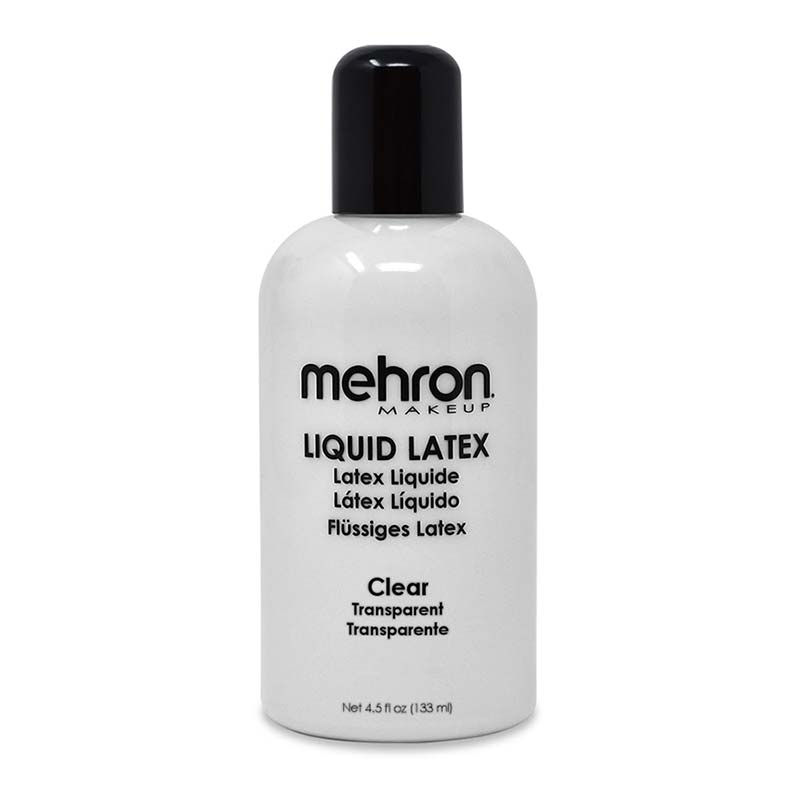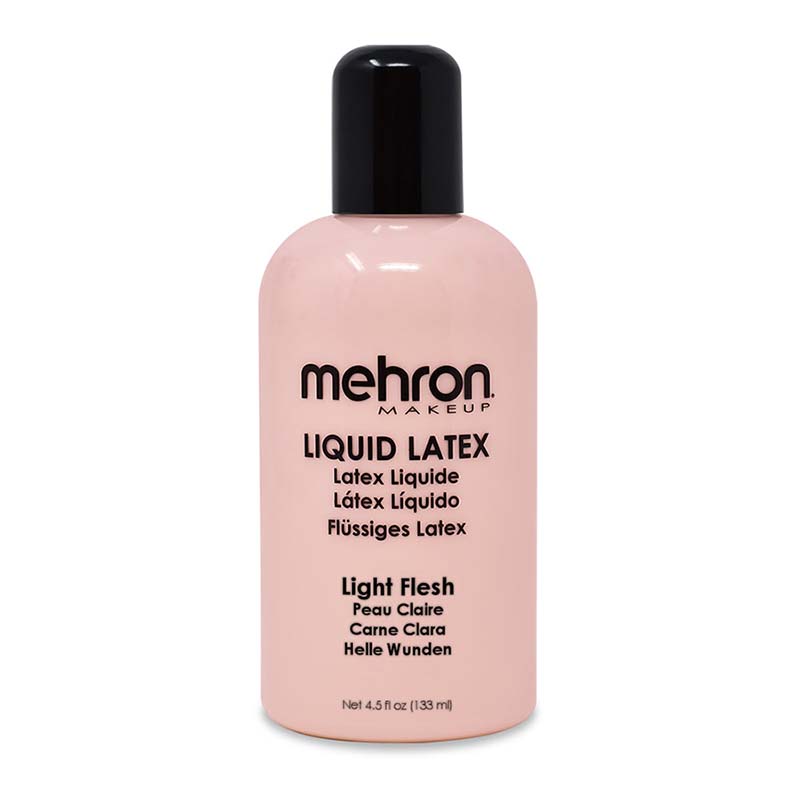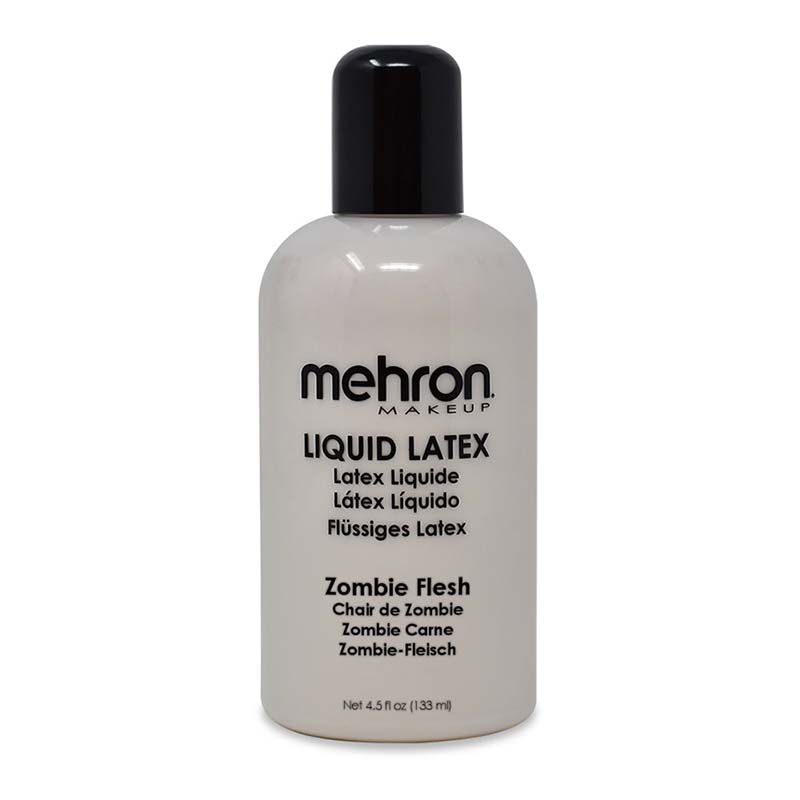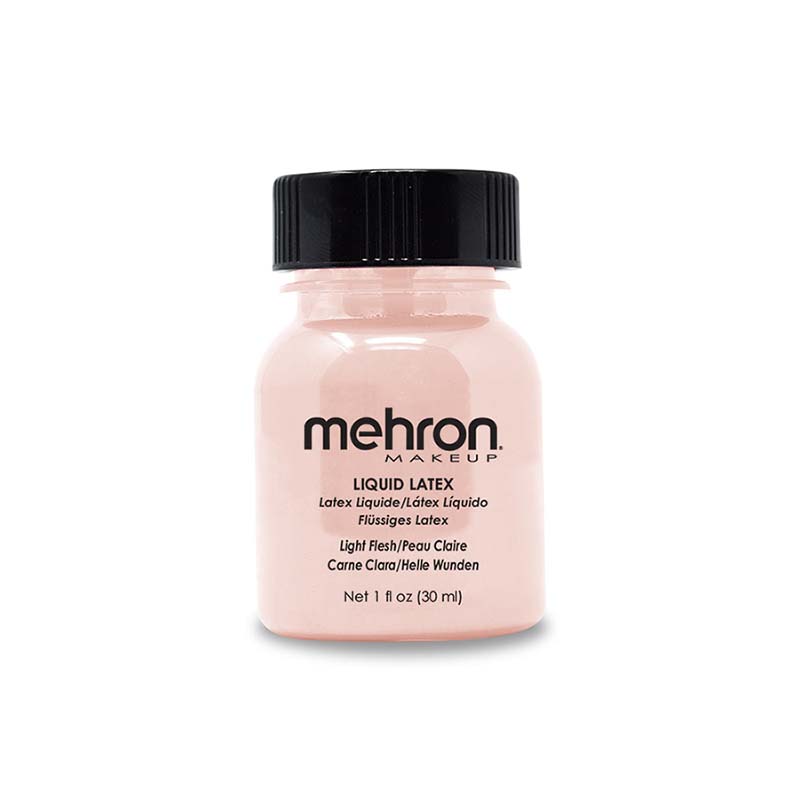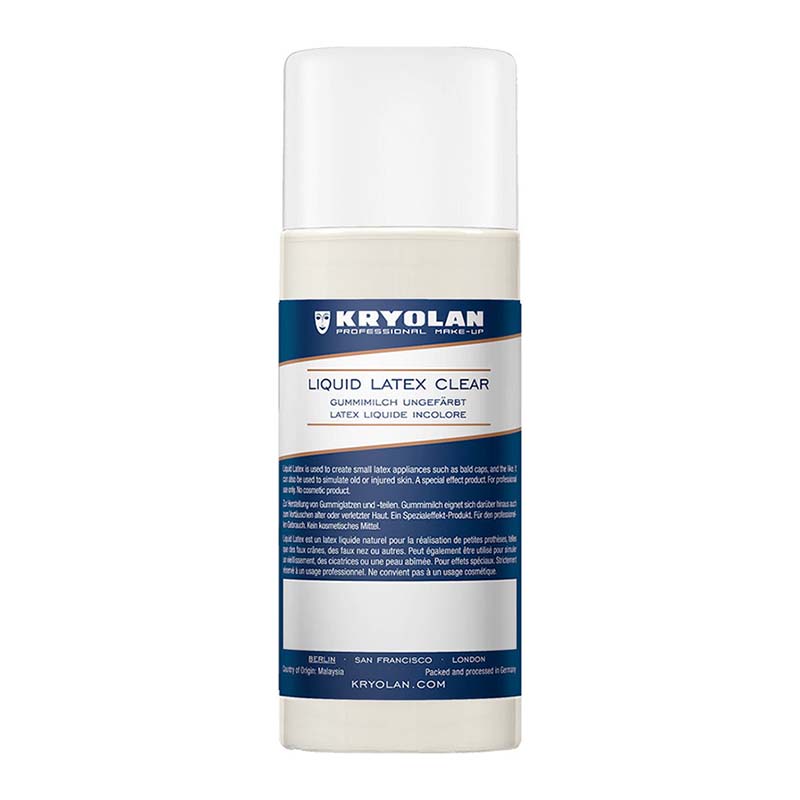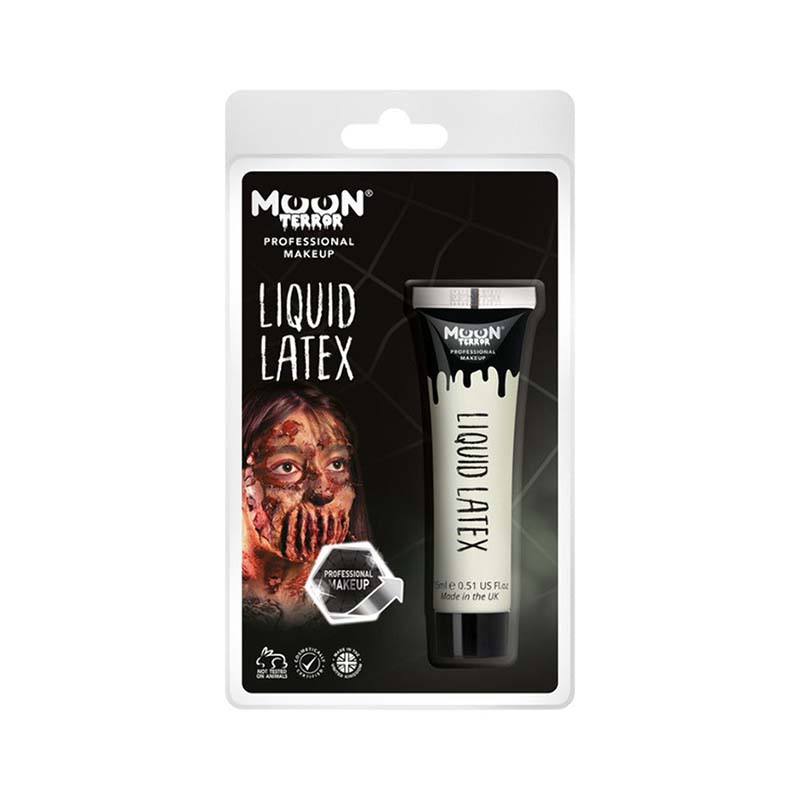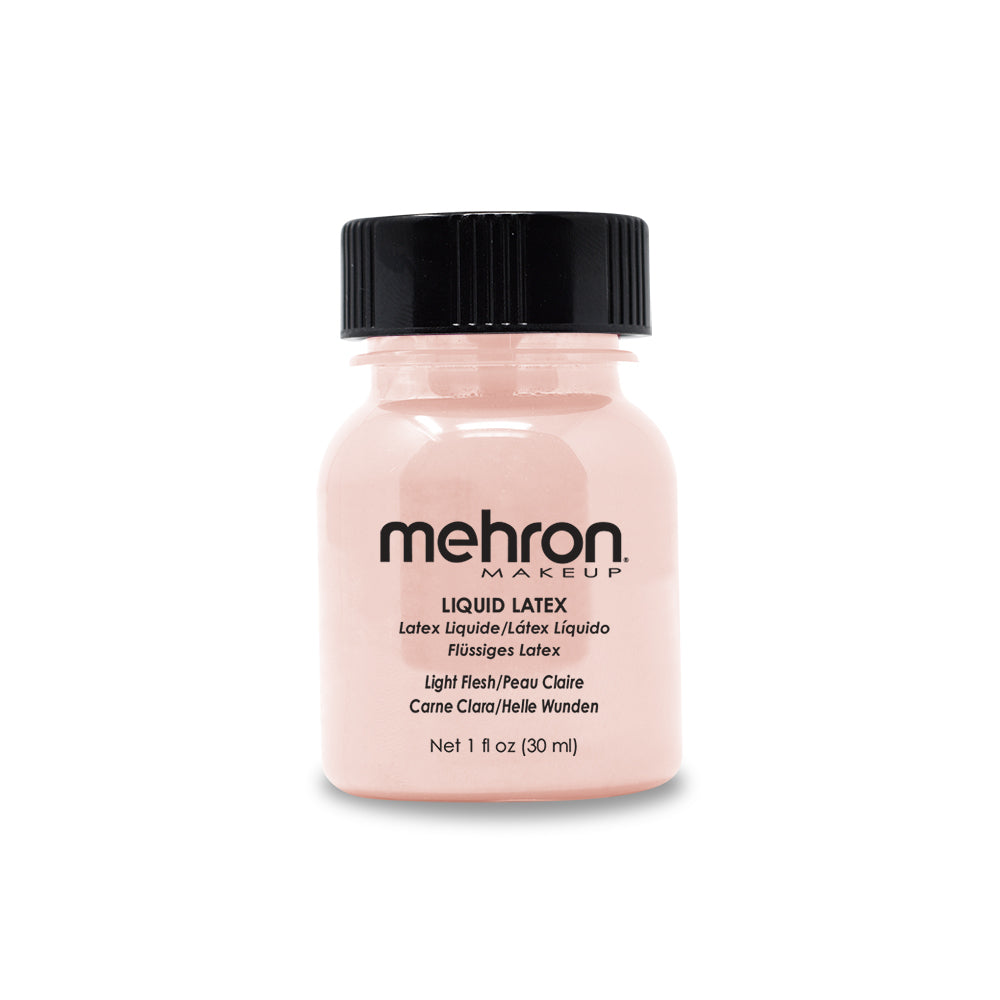Liquid latex makeup, often referred to as latex (or laytex) prosthetics or (SFX) special effects makeup, involves the use of liquid latex to create realistic and dramatic cosmetic effects on the skin. It’s commonly used in film, television, theater, cosplay, and Halloween costumes makeup to achieve various looks such as wounds, scars, wrinkles, fantasy creatures, and other fantastical transformations. Here’s a breakdown of the key aspects of latex makeup:
1. Liquid Latex: Liquid latex is a natural rubber compound that is often mixed with water and ammonia. When applied to the skin, it dries quickly to form a flexible, rubbery layer that mimics the texture and appearance of skin. It’s an essential component in creating prosthetics and special effects.
2. Prosthetics and Special Effects: Latex makeup allows artists to create realistic prosthetics and special effects by building up layers of liquid latex on a mold or directly on the skin. These prosthetics can be pre-made or custom-built to suit the desired character or effect. Examples include wounds, scars, aging effects, horns, facial features alterations, and more.
3. Application: Applying latex makeup requires some skill and practice. The basic steps include:
- Preparing the skin: Clean and moisturize the skin before applying latex to ensure proper adhesion and easier removal.
- Creating a mold: If creating prosthetics, artists often use molds made from materials like clay, foam, or plaster to shape the desired effect.
- Applying latex: Using a brush, sponge, or other applicator, artists apply layers of liquid latex to the skin or the mold. Each layer is allowed to dry before adding the next. This creates a buildup that adds depth and realism.
- Coloring: Latex is usually flesh-colored when dry, so artists apply makeup, paints, and other pigments to match the surrounding skin tone or achieve the desired effect.
- Blending: Blending the edges of the latex with the skin using makeup helps create a seamless transition between the prosthetic and the natural skin.
4. Removal: To remove latex makeup, gently peel the edges away from the skin while applying an oil-based makeup remover or adhesive remover to help dissolve the latex. It’s important to be gentle to avoid any skin irritation or damage.
5. Safety Considerations: While latex makeup is generally safe, some individuals may be allergic to latex. It’s essential to do a patch test before applying it extensively on the skin. Additionally, prolonged use of latex on the skin can potentially cause irritation, so it’s recommended not to wear latex prosthetics for extended periods.
6. Professional vs. DIY: Creating intricate latex makeup effects can be challenging and time-consuming. Many professional makeup artists and SFX experts are skilled in using latex to create stunning effects. For simpler effects, there are also various DIY kits and tutorials available for enthusiasts who want to experiment with latex makeup at home.
Latex makeup offers a versatile and creative way to transform appearances and bring characters and fantastical elements to life in various visual mediums.
You can also check out our Top Ten Tips For Using Liquid Latex Makeup.
Here are some of the Liquid Latex Makeup that we have for sale:

